Dawn Jacobs
Hospitals and laboratories require more from their interior surfaces – more durability, more strength, more chemical resistance, more hygienic capabilities – and understandably so. Identifying the right materials is essential to creating a safe,...
Anyone who has worked in a lab knows: If there is a spill, you must clean it immediately – and what you clean it with will depend on what was spilled. So, if you’re looking for specific spill-cleaning guidelines, please refer to these resources: ...
If you’ve done any amount of research into lab work surface materials (and specifically, epoxy vs phenolic), then you know there is already an abundance of content available on the topic – and you’re probably still not sure what to think. It’s no...
The open bench has changed significantly over the last 30 years in wet labs, as have many of the reagents and their usage. These changes give rise to evolving considerations for determining and understanding the need for chemical resistance on lab...
In understanding that independent data is available to aid in material selection, designers and lab planners play a pivotal role in enabling the reduction of carbon emissions – and thus are well placed to action change. People tend to think of...
Material transparency is fundamental to designing sustainable labs. Fundermax has been committed to sustainability for more than 100 years, and we are dedicated to providing and advocating for material transparency. Through Environmental Product...
Sustainability in lab design has historically focused on operational efficiency (energy usage once a lab or building is occupied). However, the need to reduce carbon emissions is growing and urgent. This has understandably widened the scope of green...
When considering differing materials that are suited for the lab of today (and tomorrow) it is fair to say that there are numerous different requirements. Ultimately, this results in the need for a variety of materials. In this blog, we focus on one...
When selecting materials for laboratory applications, special consideration must be given to safety and performance, as well as design, functional flow, efficient access to disinfection stations and shared spaces, as well as zoning and occupancy. ...
Laboratory design requirements have continued to evolve over the centuries. However, due to the COVID-19 pandemic, we are seeing an uptick in design changes.

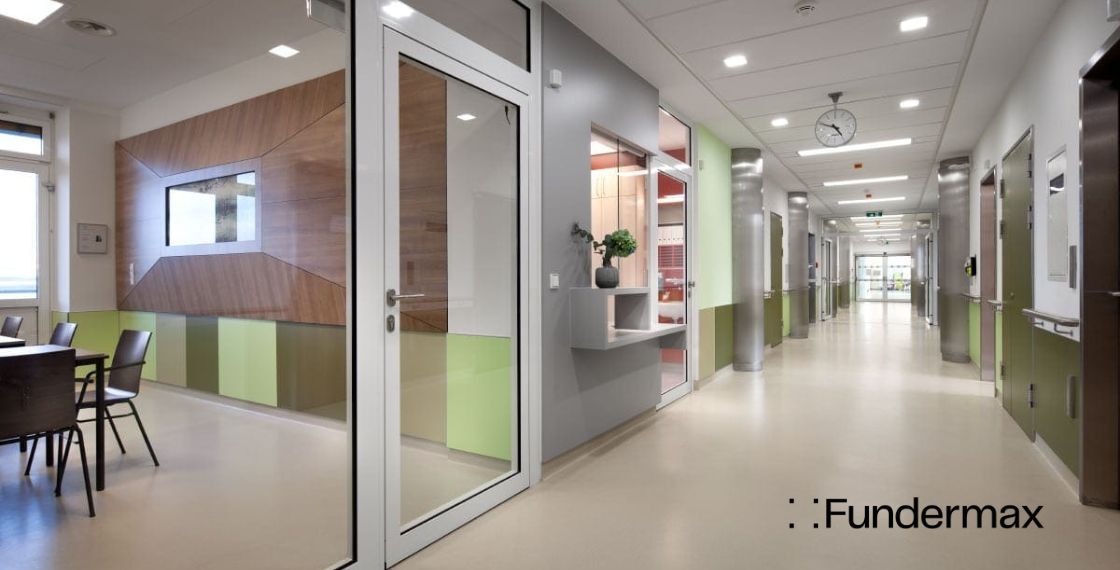
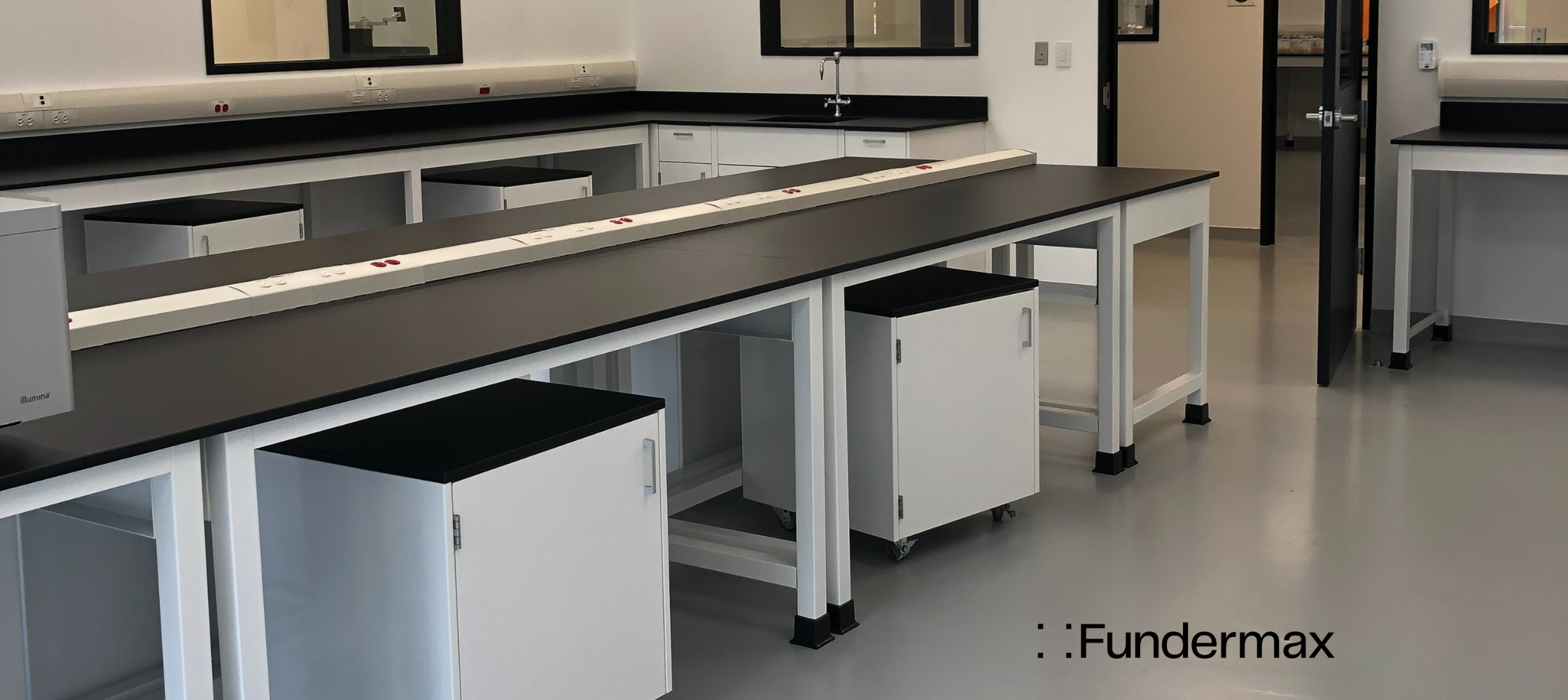
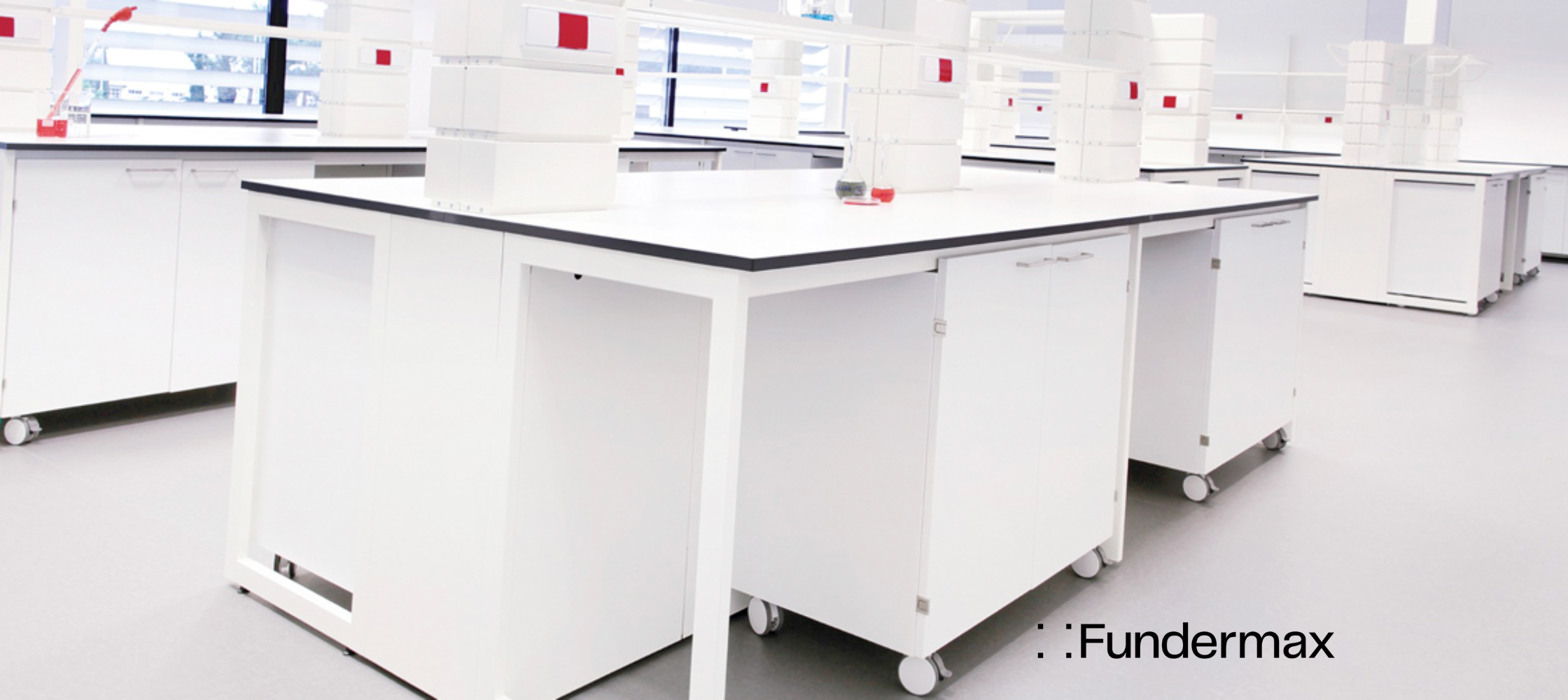
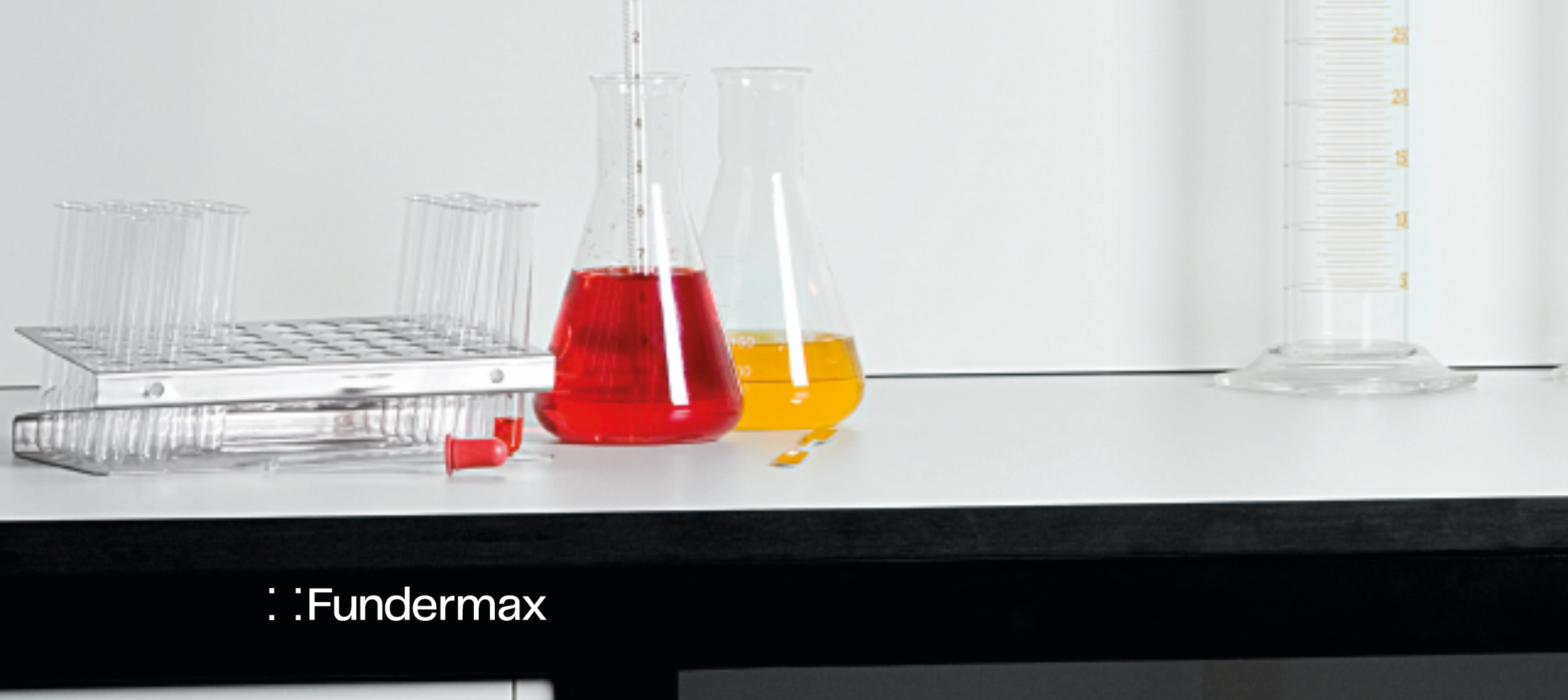
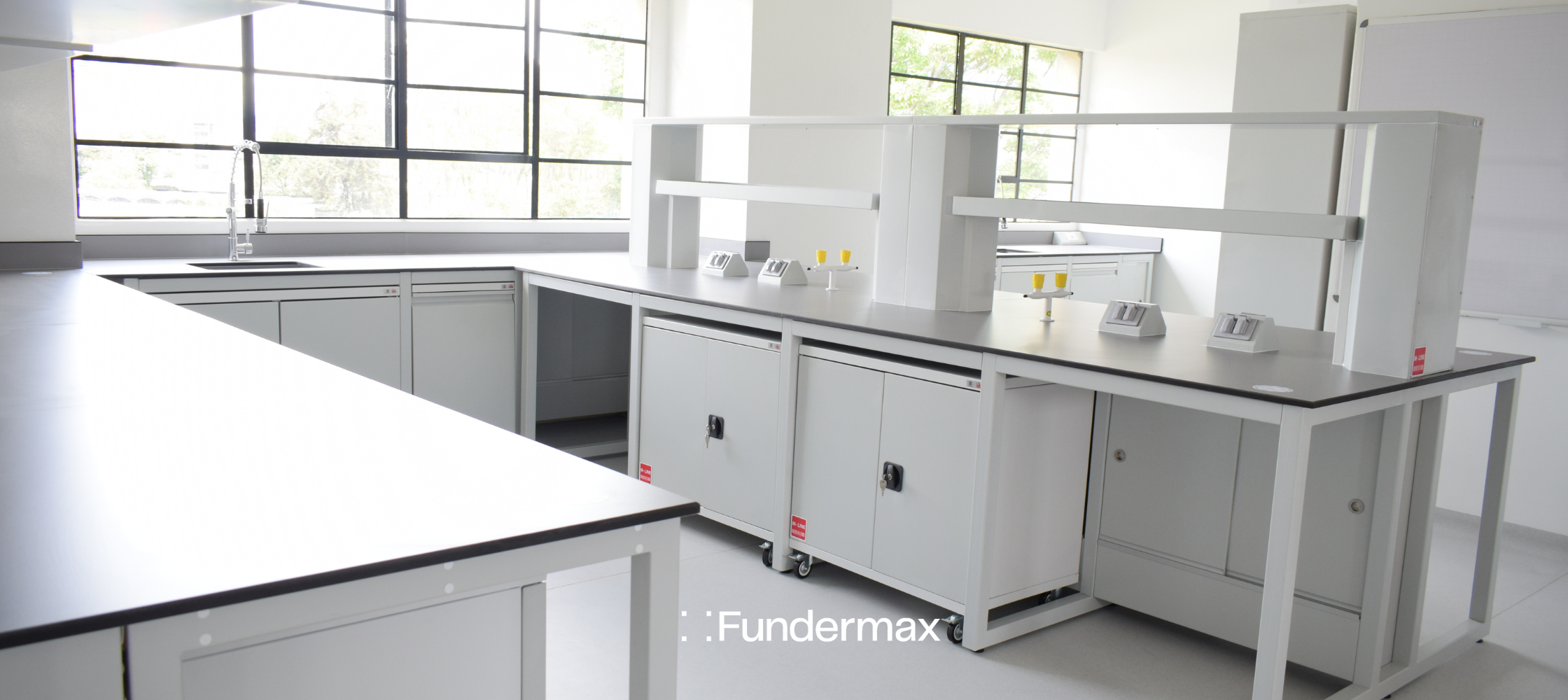
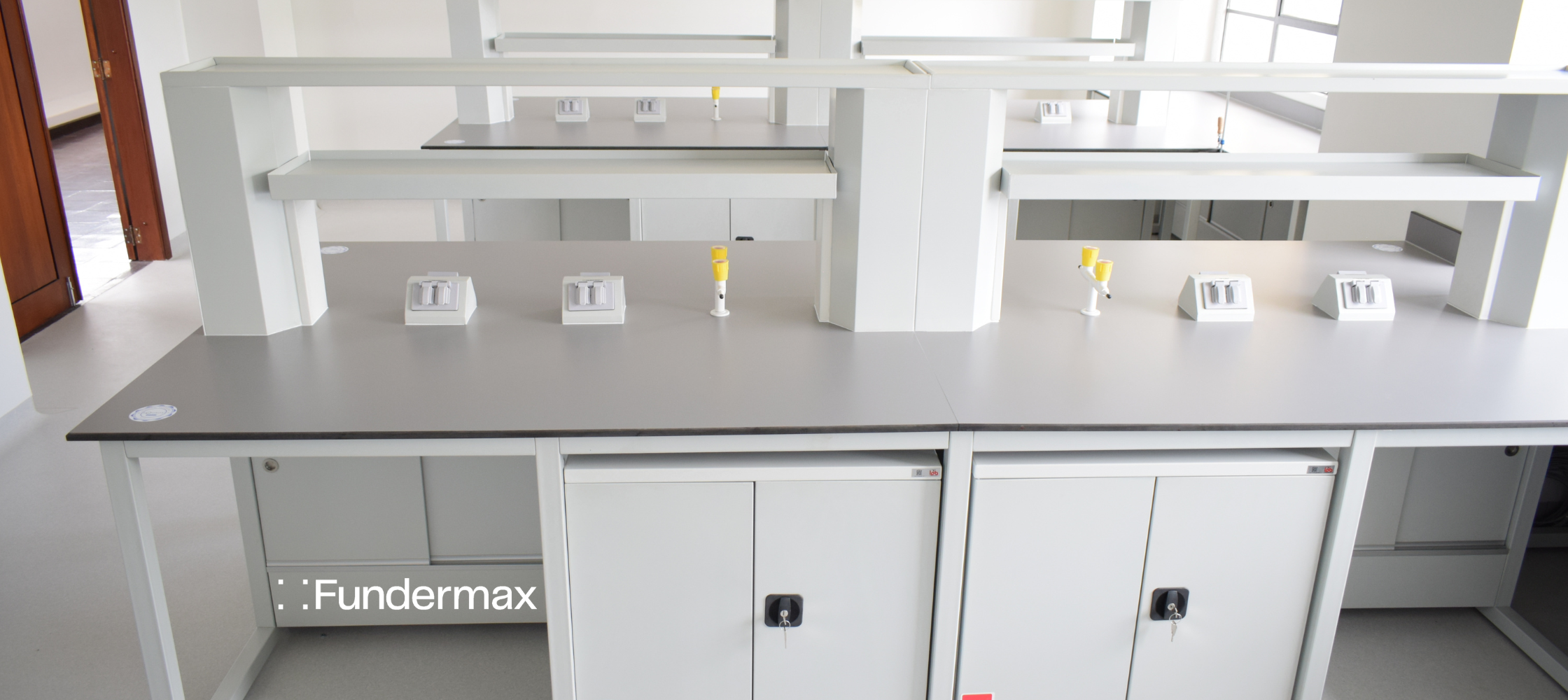
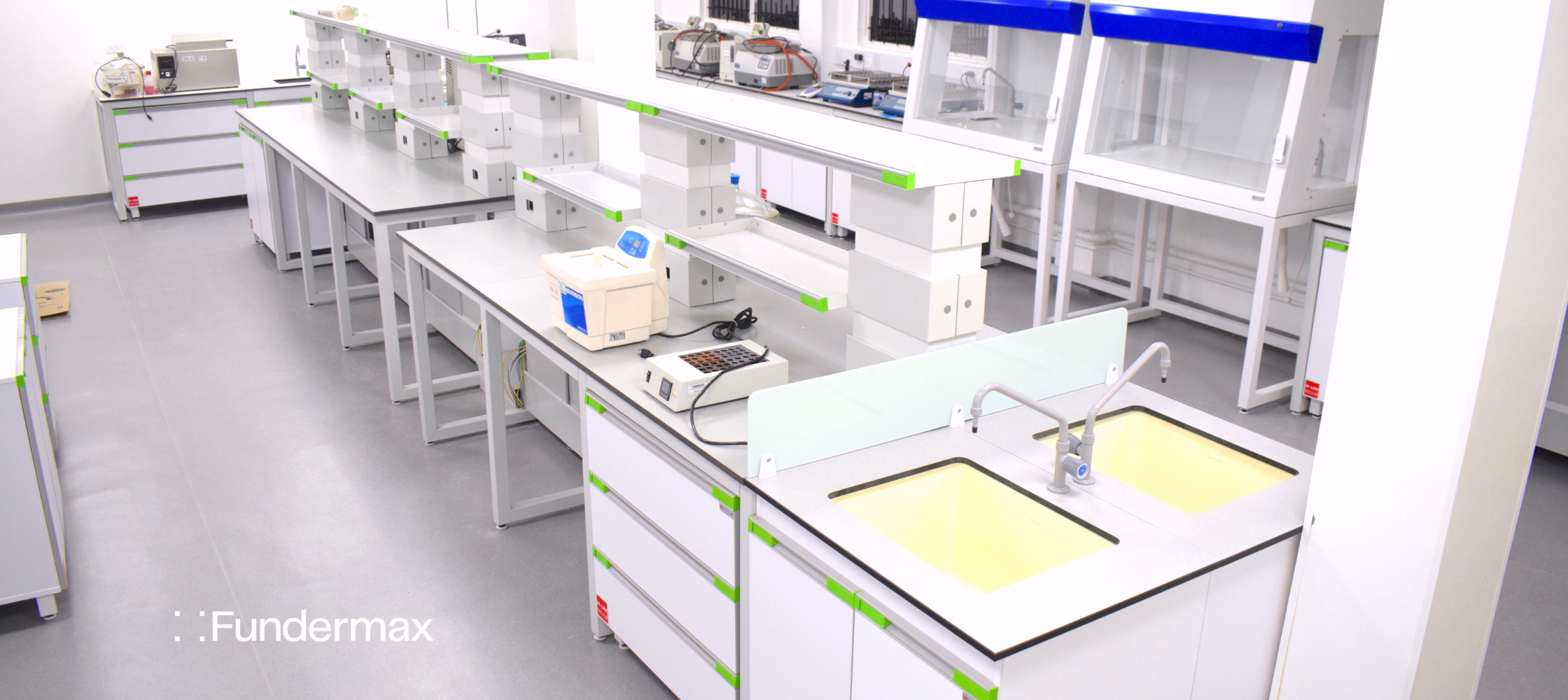
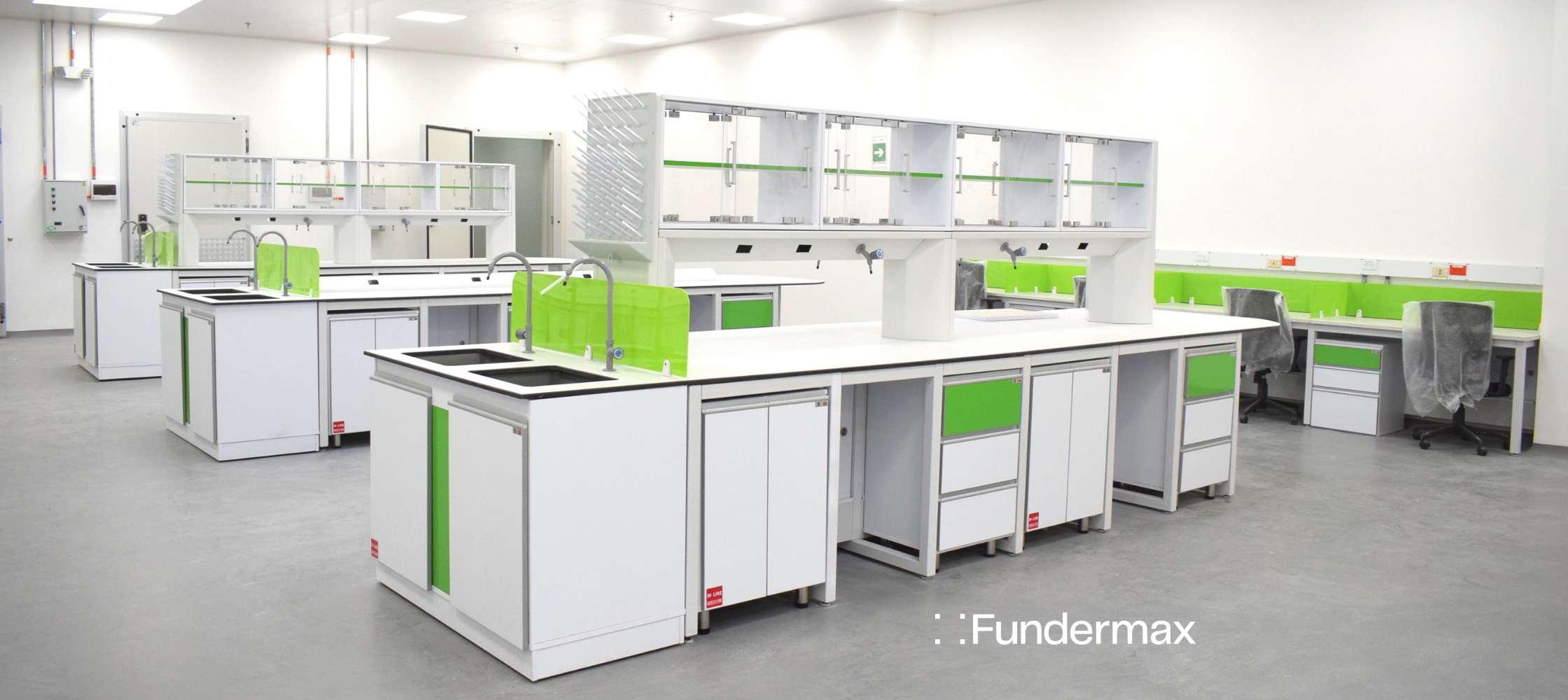
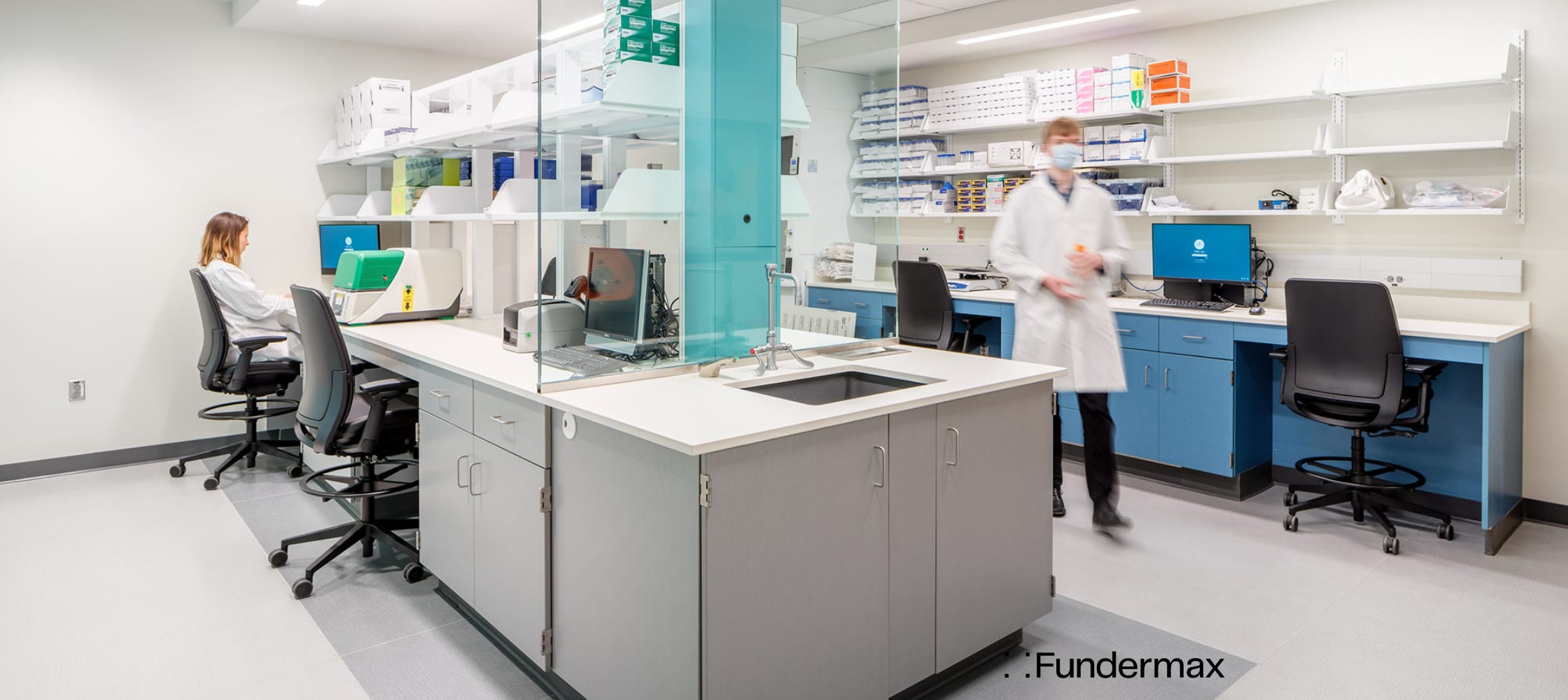
.png)